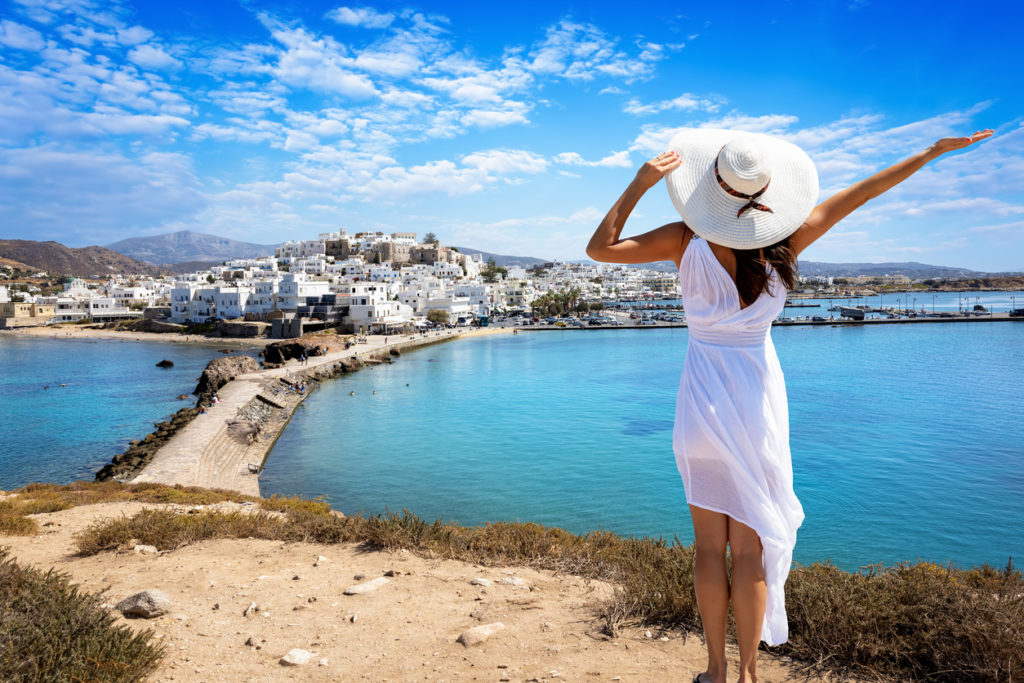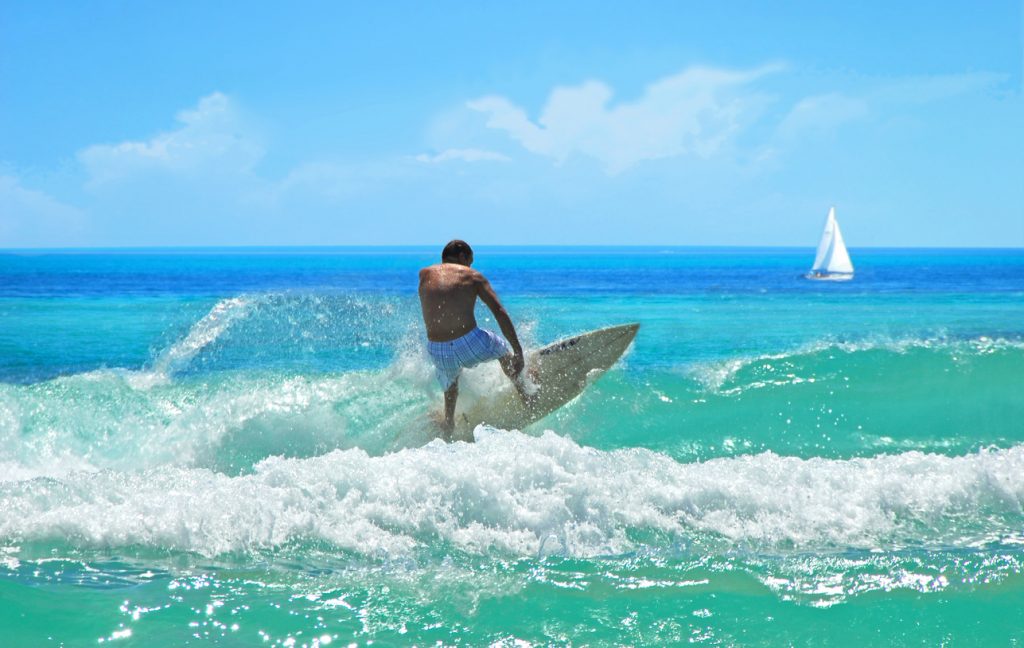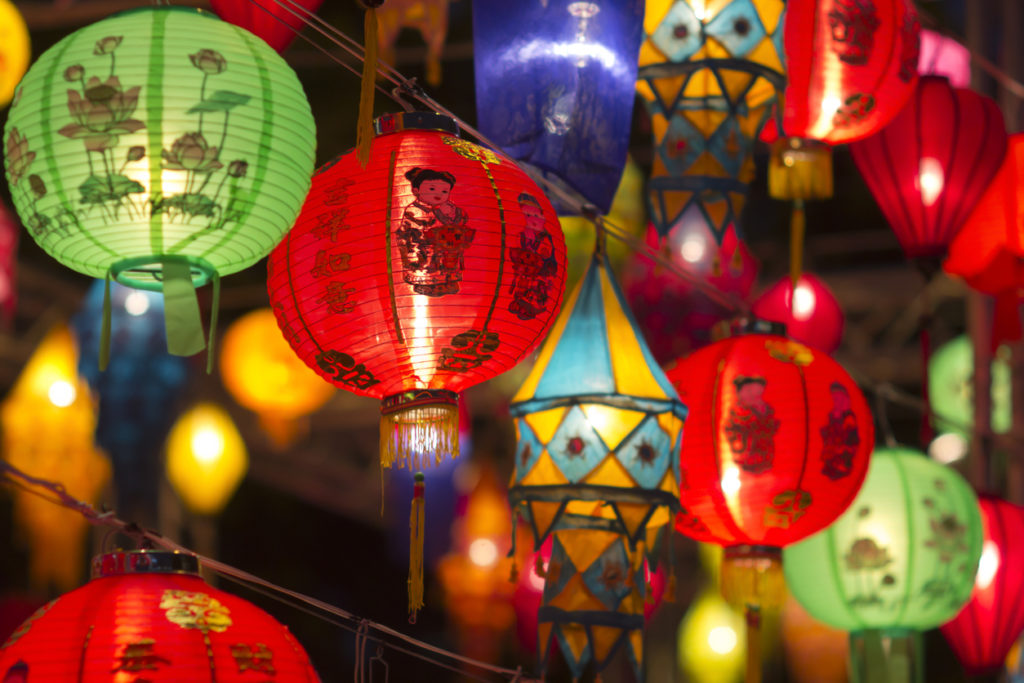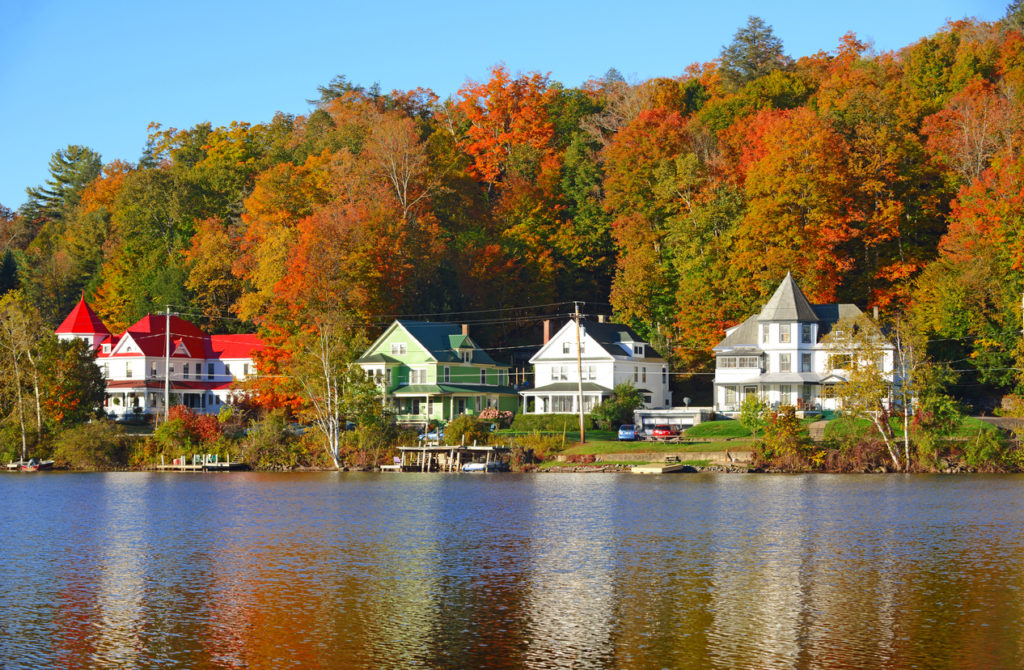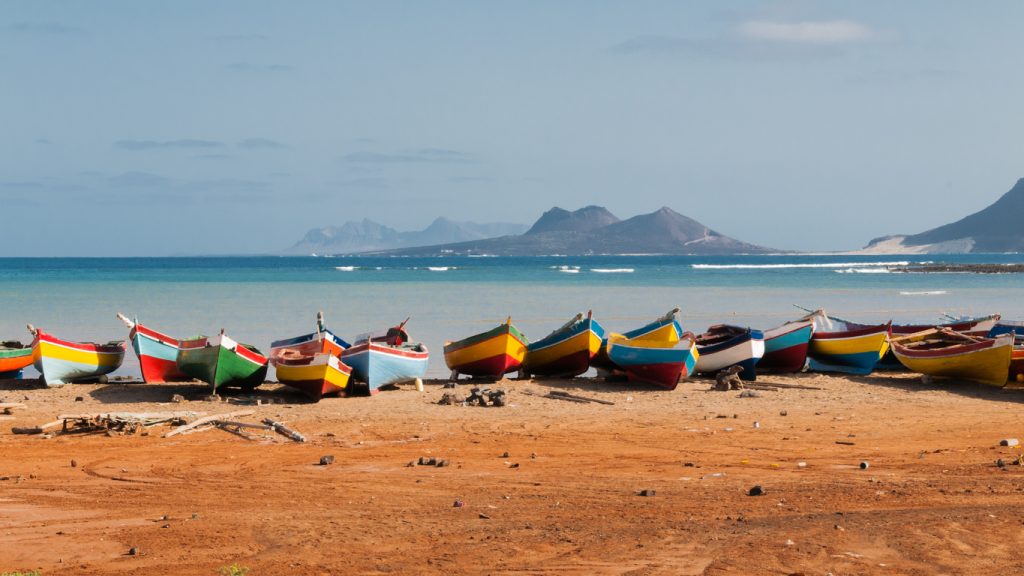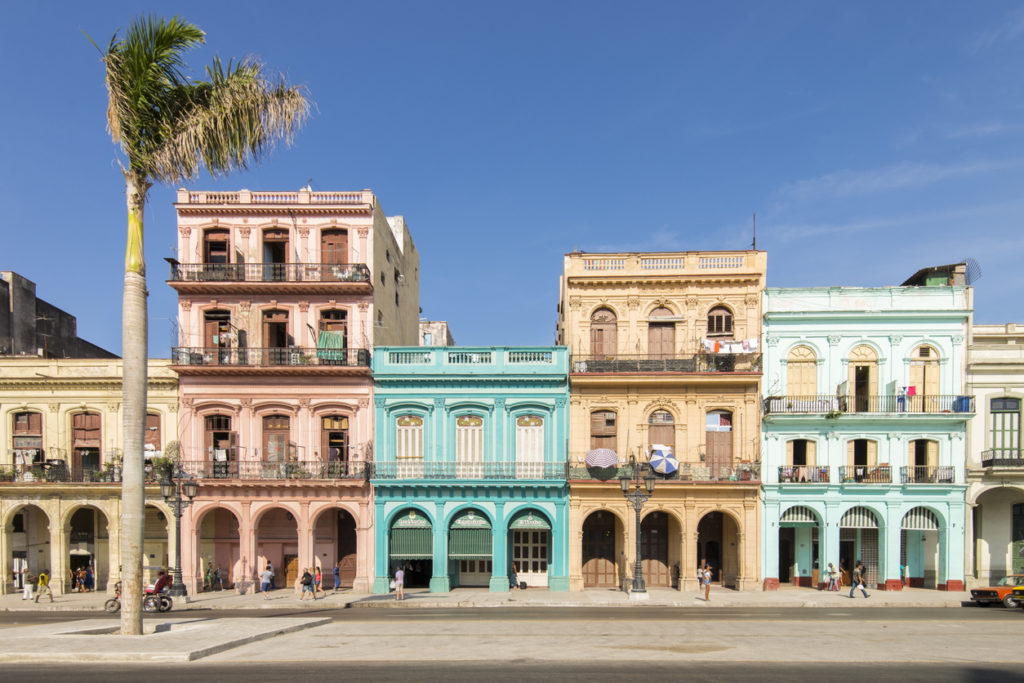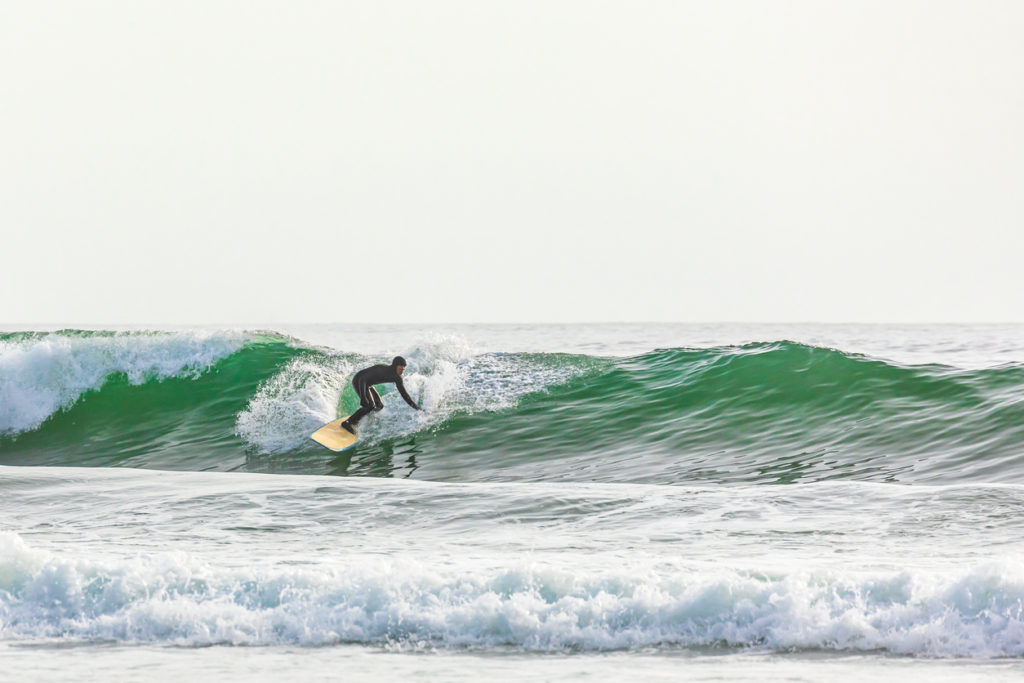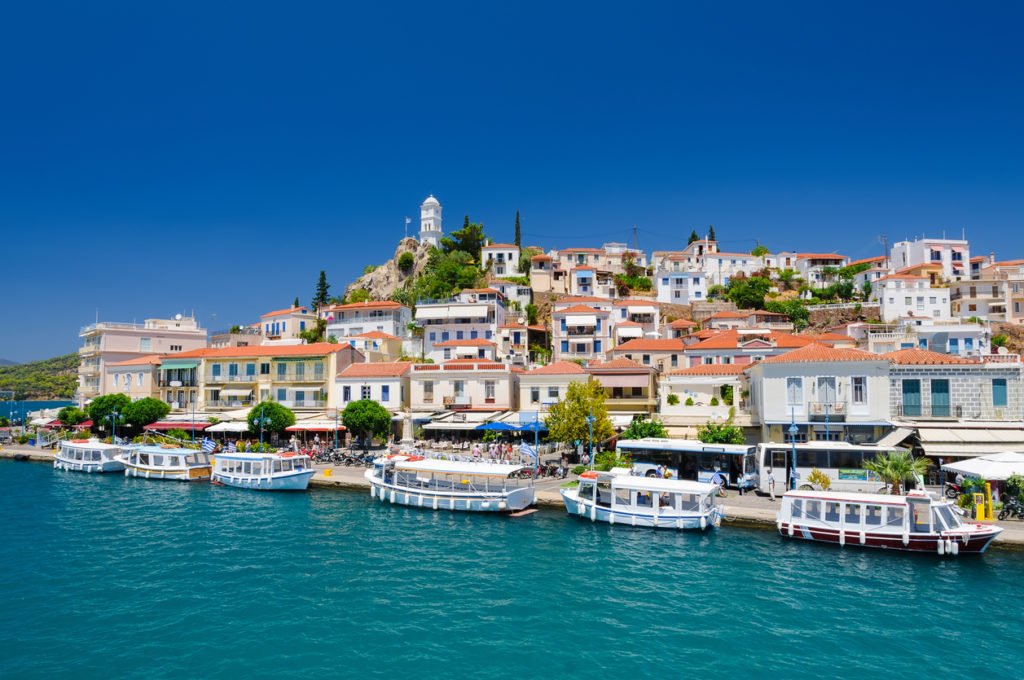
Often a day trip destination for visitors of Athens, Poros deserves more than just one day of your life. An ancient isle that encapsulates under one name the islands of Sphairia and Kalaureia, this quiet and charming summer destination enchants travellers with its serenity and the calm waters of the Saronic Gulf. From above, it looks just like a missing piece from the Peloponnese puzzle, but once you step on its land, you’ll discover a unique personality with many stories to tell.
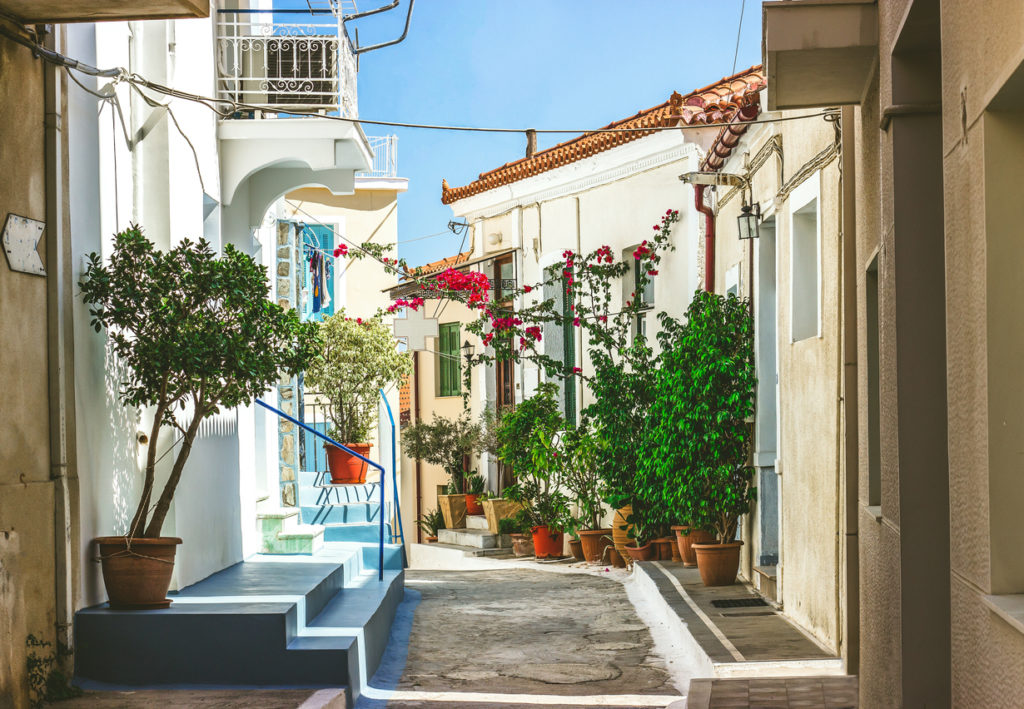
Find peacefulness on the island’s beaches
You probably won’t find the beaches in Poros ranked among the most spectacular in the world but who needs this distinction anyway? If you’re looking for peacefulness and serenity, any beach in Poros will do perfectly. Offering clean blue sea, pine tree forests, and soft sand, the beaches on the island are a haven for people trying to escape the traditional Greek summer frenzy. And what better example of utmost tranquillity than the Love Bay, a corner of paradise on earth adorned with white pebbles and sand and home to emerald waters. Framed by pine trees, Love Bay creates an idyllic setting for long hours in the sand and fun times in the water.
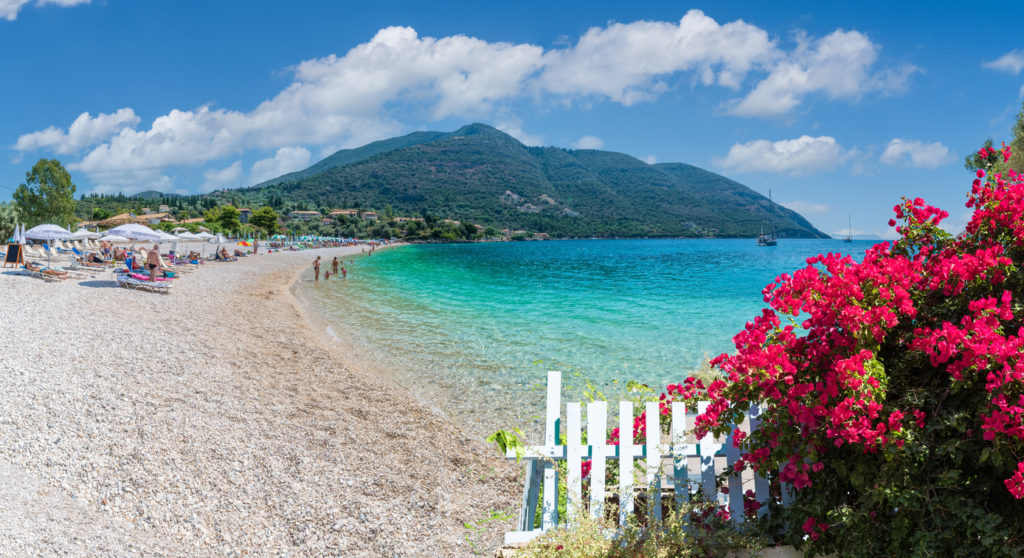
If you miss the tourist crowds and liveliness of legendary Greek beaches, Askeli Beach might just do the trick for you. Situated in the beautiful village of Askeli, the beach lures sun worshippers with fine golden sand and deep crystalline waters. It has all the amenities one would need on a beach, including a beach-volley court and plenty of taverns.
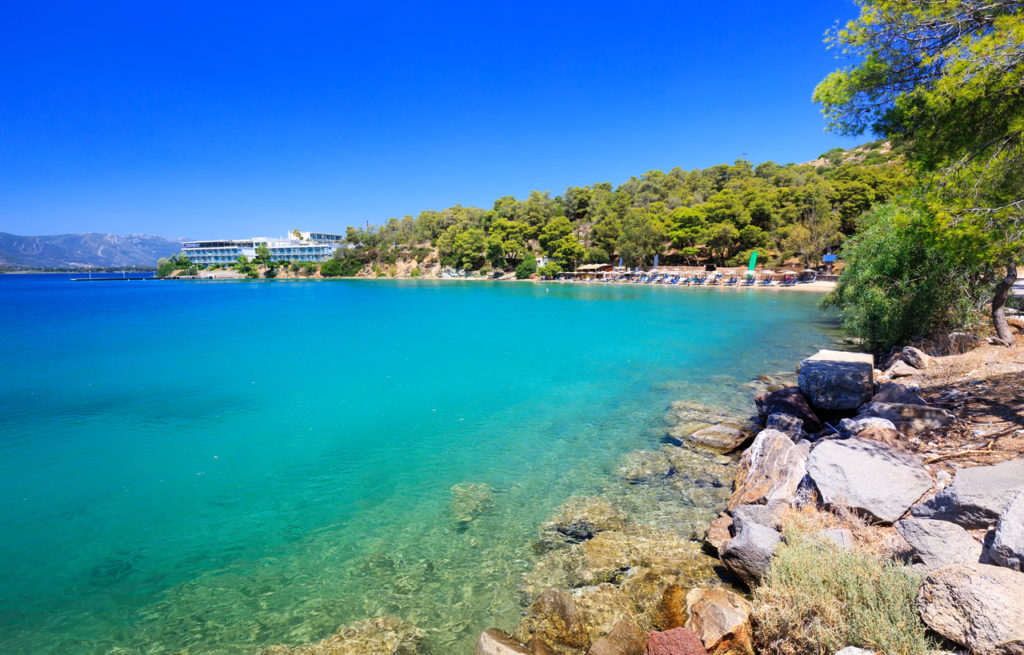
Only two kilometres north of Poros Town, the island’s capital, awaits the beautiful Neorio Beach, a long ribbon of sand lined with high pine trees and equipped with a water ski school, water polo facilities, and all the restaurants you need for everyone in your family to find something delicious to eat.
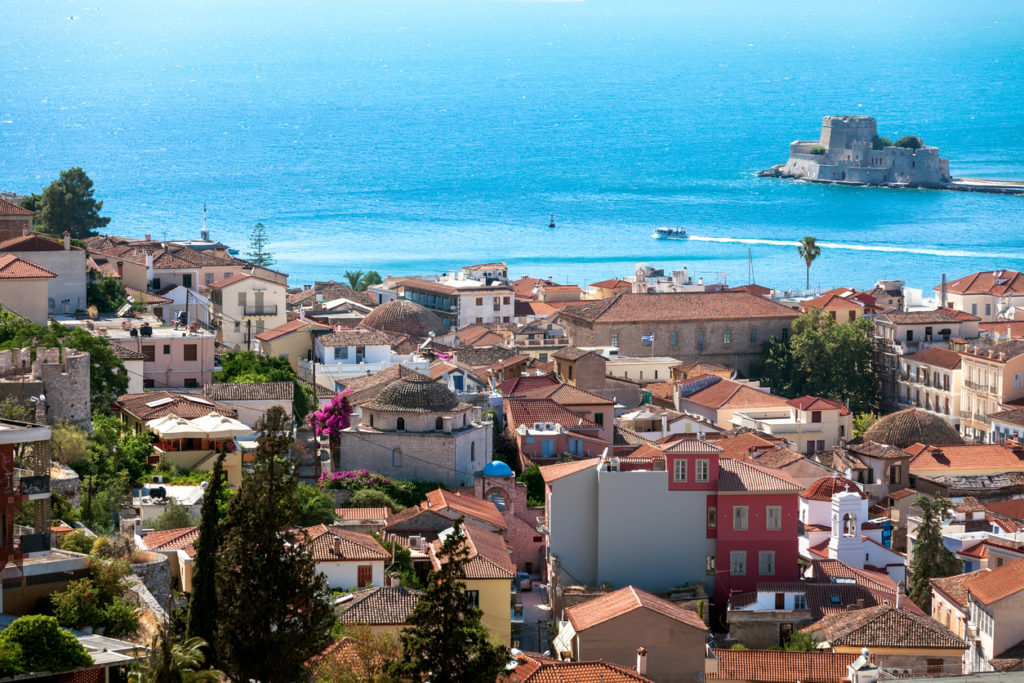
Enjoy the vintage charm of Poros Town
Poros Town enchants with is gorgeous neoclassical buildings ascending the town’s hill just like seats in an amphitheatre. Discover the settlement on foot for a chance to admire charming narrow alleyways adorned with whitewashed houses wrapped in bougainvillaea. A trip to Poros Town will take you back in time and expose you to the island’s history. For an insight into Poros’ past, head to the Archaeological Museum in Koryzi Square, where you’ll find exhibits from the Temple of Poseidon and ancient Troezen, most artefacts dating back from the Mycenaean to the Roman times.
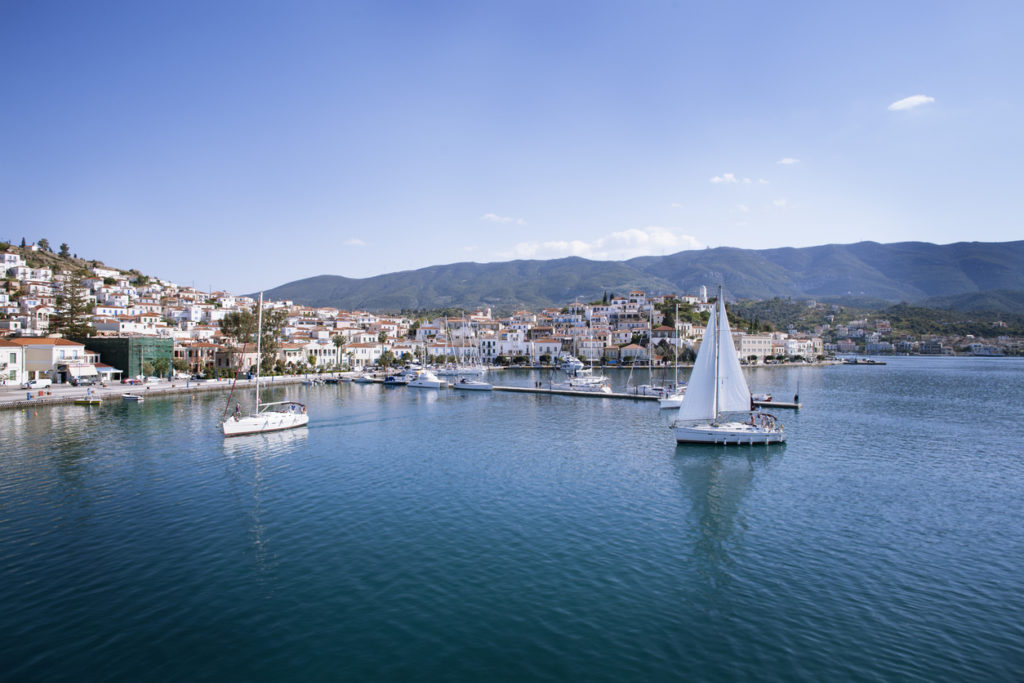
All alleyways in Poros lead to the island’s landmark, the imposing Clock Tower. Although not as old as the other monuments in Poros, the clock tower was built in 1927 and guards over the island majestically. If you’re adventurous enough to climb up to the top, you’ll discover breathtaking views. Don’t leave town without a tour of the lovely Citron Gallery housed inside an 18th-century building on the backside promenade of Poros Town. As the name suggests, the gallery is an ode to the lemon groves of the island, as well as to a novel by Kosmas Politis.
For real-life lemons, plan a trip to the fairy tale lemon forest in Galatas, situated just opposite the port of Poros. The only lemon forest in Greece, this cluster of thousands of lemon trees hypnotizes visitors with its ethereal scent of lemon blossoms and enriches the scenery with surreal beauty.
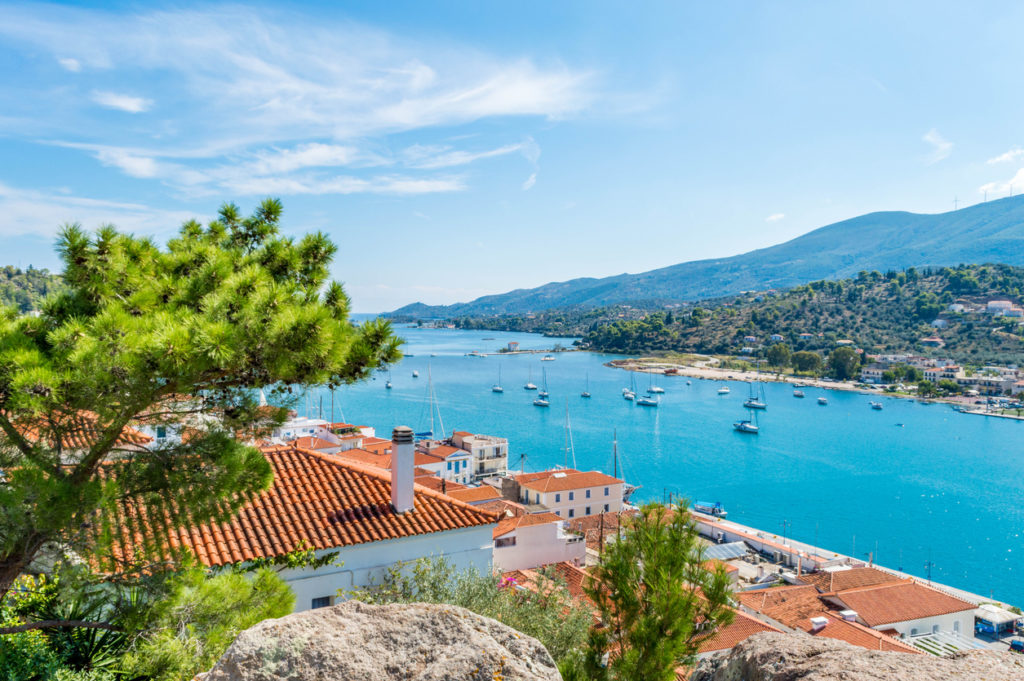
Listen to the tales of the past
In the northern part of Poros, you’ll discover one of the island’s most legendary attractions: the Temple of Poseidon. Once a glorious structure dedicated to Poseidon, the temple is nowadays a collection of ruins. While many believe the temple dates back to 520 BC, some stories place the structure even earlier in time. Regardless of who you choose to believe, the fact remains that this is a fascinating piece of history and a beautiful example of Doric style architecture with surprising elements of Ionian style.
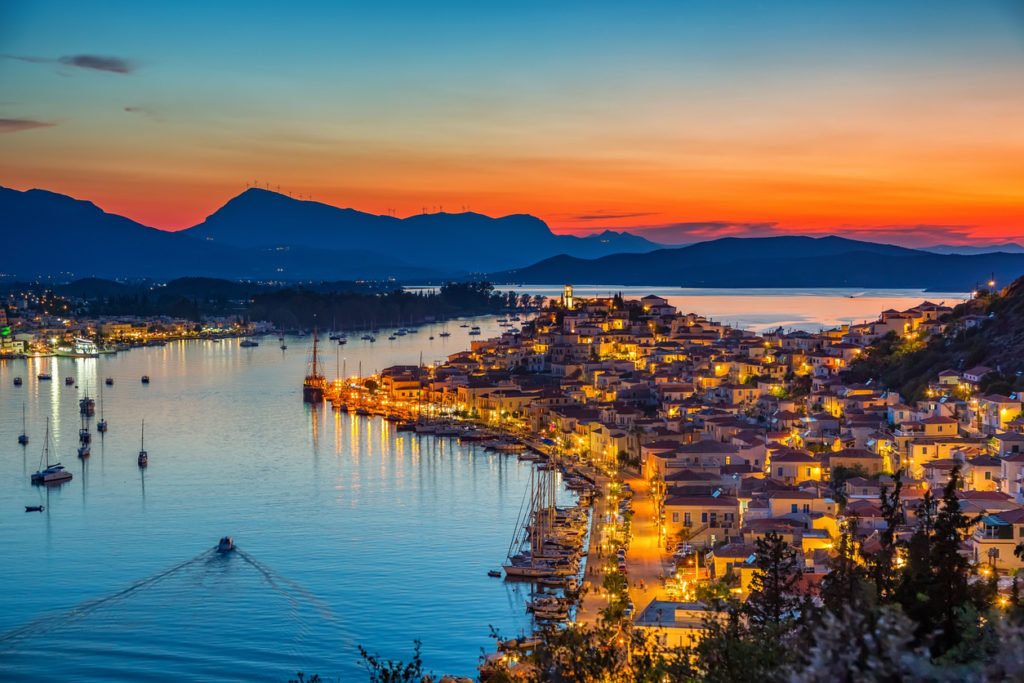
Visitors passionate about history and religion should not miss a tour of the Holy Monastery of Zoodochos Pigi. The monastery was founded in 1720 by the Archbishop of Athens Iavokos the Second when the water springing near the site cured him of lithiasis. Furthermore, the monastery played a part in the Greek Liberation War in 1821, when it provided financial and social support to the fighters and was the site of the first orphanage and the first Ecclesiastical School in independent Greece.
History buffs should also spend a few moments exploring the site of the Russian Naval Dockyard situated in Kalavria. The dockyard is a reminder of the Greek-Russian military cooperation in the 18th and 19th centuries against Turkey. In 1834, the site housed the command post of Aleksey Orlov, including warehouses and bakeries. Later on, it became the first Naval Base in Greece.


